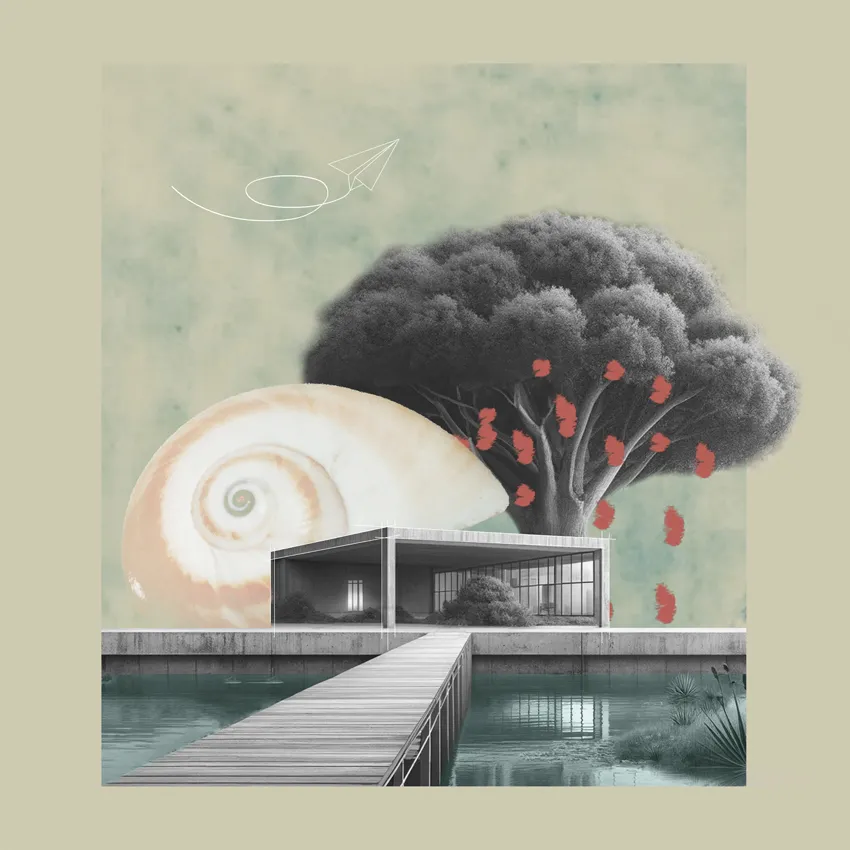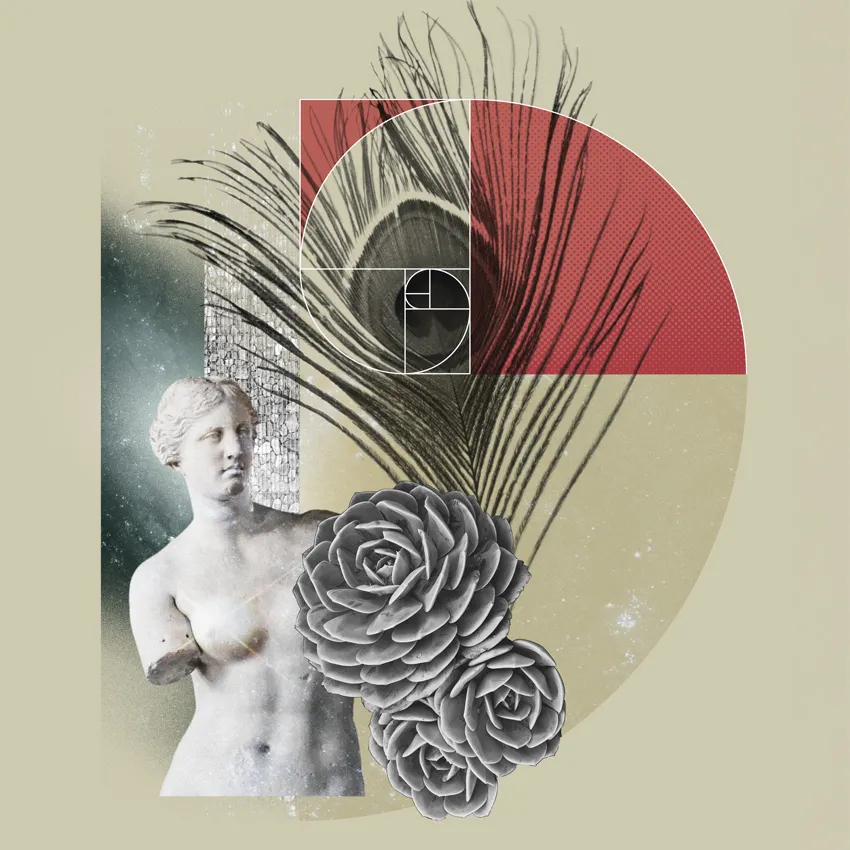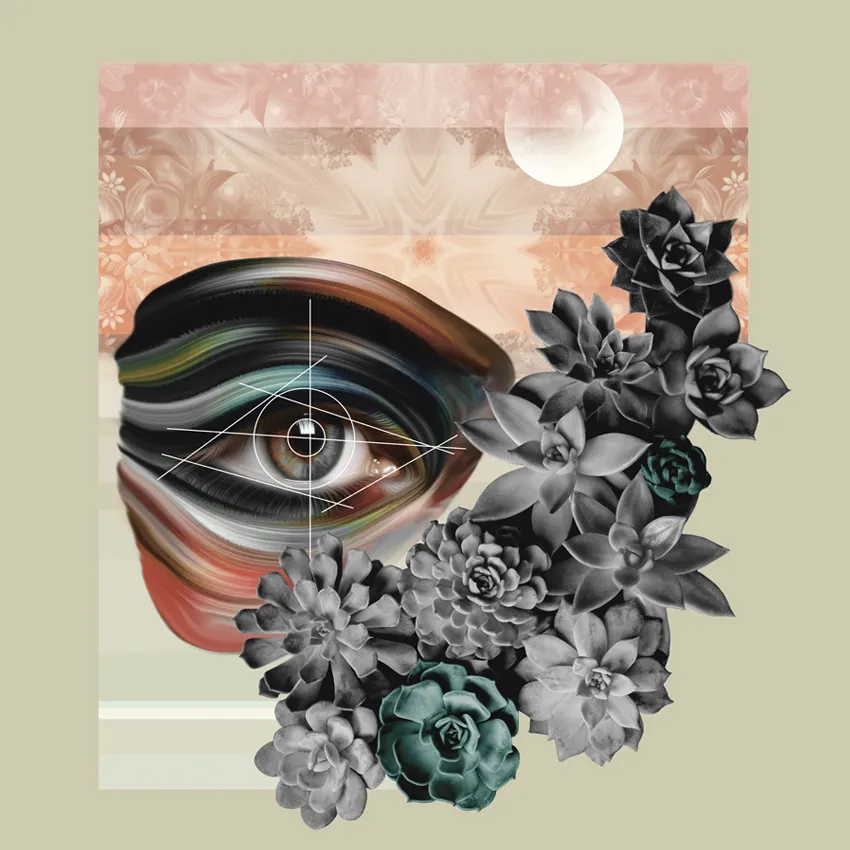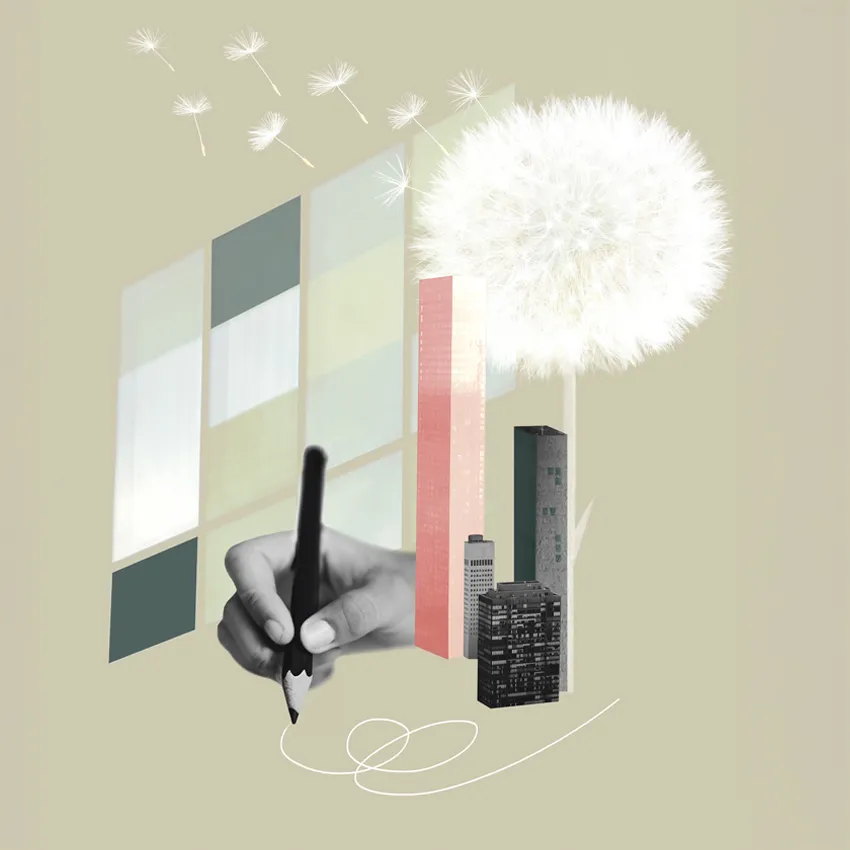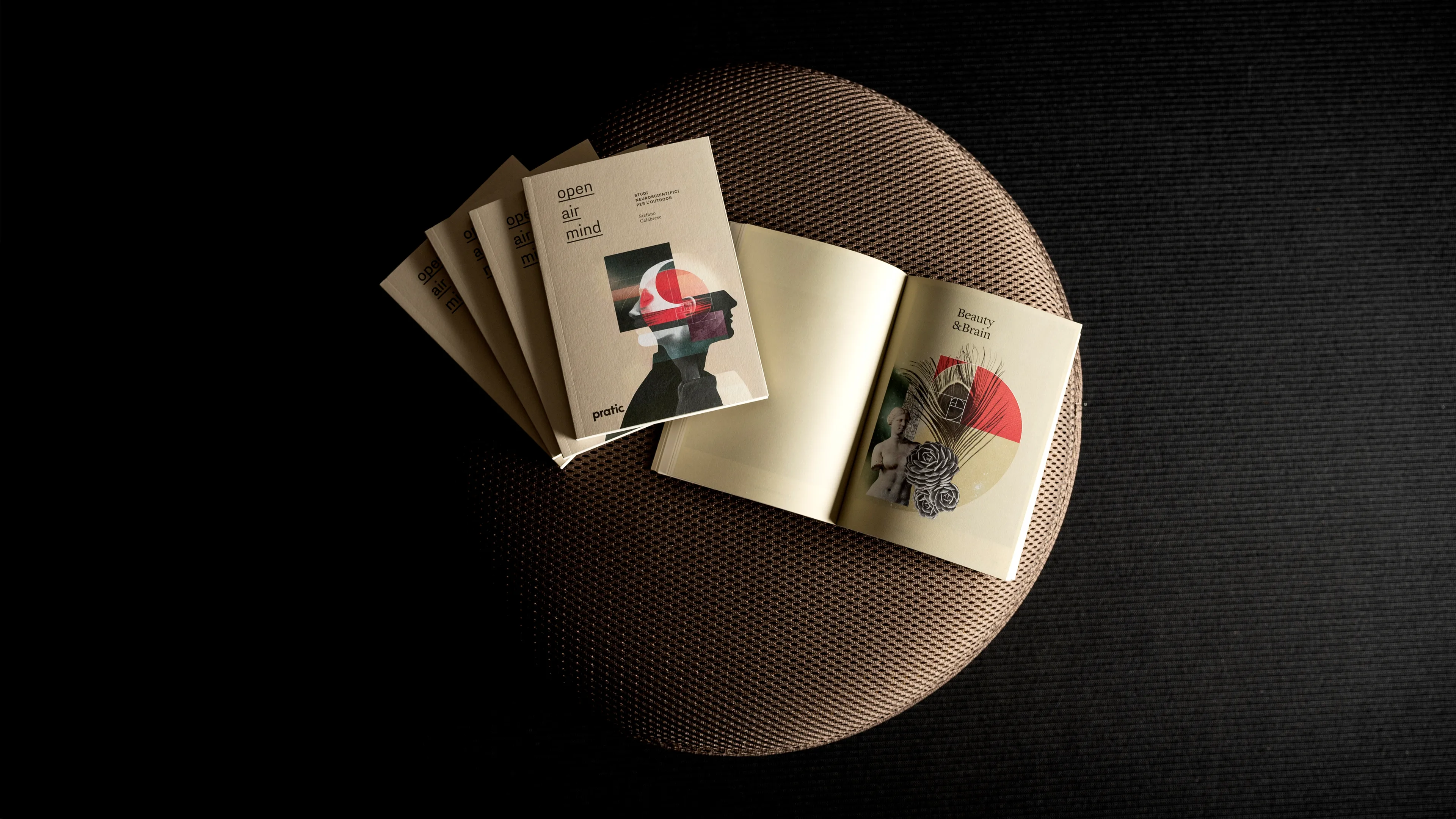
NEUROSCIENTIFIC RESEARCH
Design and neuroscience. Living as the mind desires.
The human brain naturally loves the outdoors
For decades, Pratic has reflected upon why and how its sunshades can generate wellbeing. In 2018, the company chose to investigate the reasons with five neuroscientific studies, conducted in collaboration with the University of Modena and Reggio Emilia along with the IULM University of Milan. The results superimpose architecture with the ancient preferences of the human mind plus cultural and neuro-cognitive predispositions, showing the ways in which design can produce a state of wellbeing for the individual. This wealth of knowledge opens up extraordinary design scenarios, ready to be shared.
Open air mind. The form of ideal architecture
Light, colour, shapes, beauty, biophilia. Each of these elements influences our perception of space and our psychophysical wellbeing when put to use. Each is also the subject of an equal number of neuroscientific studies conducted by Pratic, now consolidated in a single publication that irrefutably demonstrates how human beings are designed to live outdoors.
Design and neuroscience. Living as the mind desires
Perfect architecture is what the human mind has always worked towards, never giving up on ideas for open-air spaces capable of providing wellbeing in a natural way. With five neuroscientific studies carried out with academia, Pratic investigates how light, colour, forms, beauty and biophilia render the outdoors the ultimate living space.
2023
My Dream House
‘My Dream House: The Secret of Happiness in Living’, a study of children aged 3 to 14 in the provinces of Parma and Reggio Emilia, came out in 2023. It revealed that the favorite houses are those designed by children: surrounded by nature, with no boundaries between inside and outside, and made of green materials. A modern interpretation of the ‘tree house,’ which continues to meet our needs for well-being across the millennia.
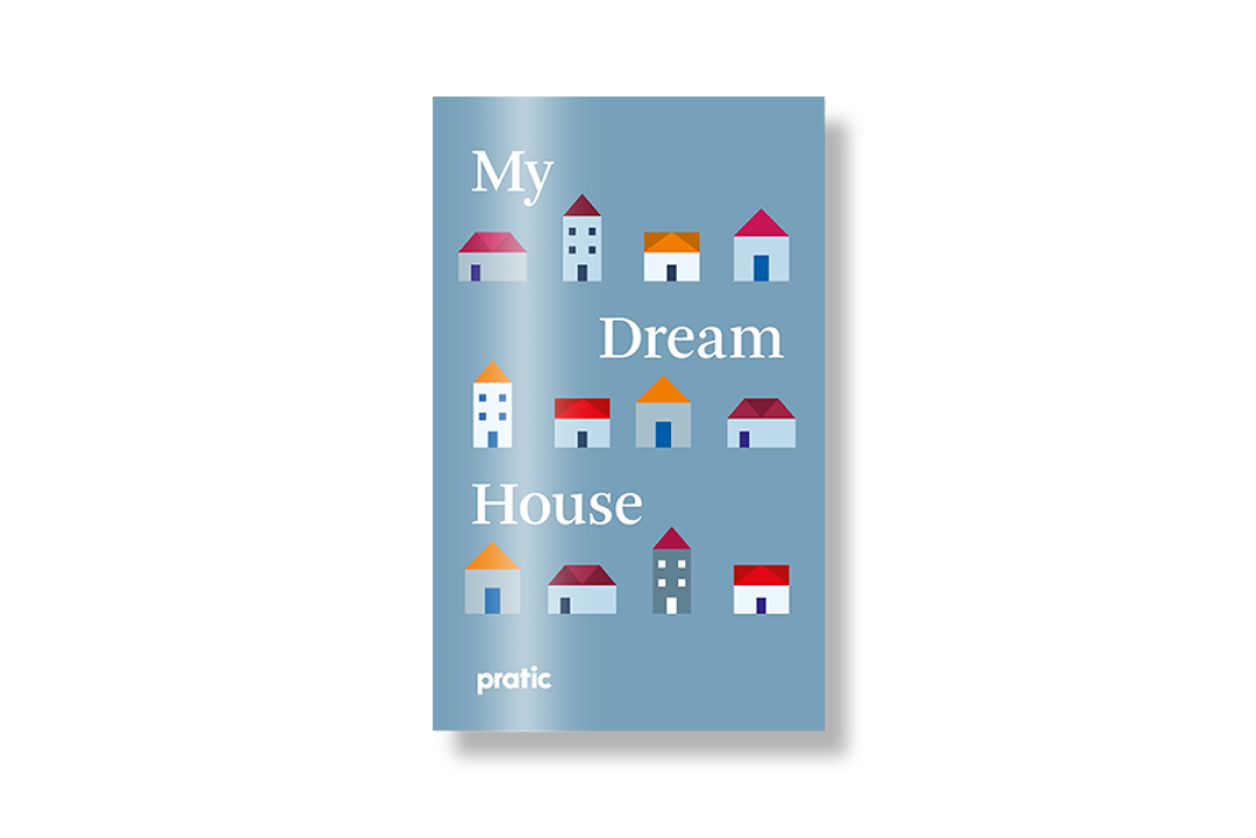
2021
Beauty&Brain
“Beauty&Brain. Semiosis of Forms” is neuro-scientific research dedicated to deepening the perception of beauty. It shows that the aesthetic qualities of architecture and design condition emotions, cognitive functioning and human choices as the perception of “beauty” arises from brain activity. When humans perceive something that confirms their expectation system they experience a strong feeling of pleasure that makes what is being perceived beautiful: this is the virtuous circle of aesthetics according to the brain.

2020
Design for Wellbeing
The 2020 publication, ‘Design for Wellbeing: Semiosis of Forms,’ reveals how outdoor architectures harmonize both brain hemispheres. Tests show that shapes and proportions attuned to the human brain offer panoramic aesthetics and functionality. In particular, structures such as pergolas satisfy the brain’s preference for openness, protection, and freedom of movement, showing humans’ affinity for such environments.
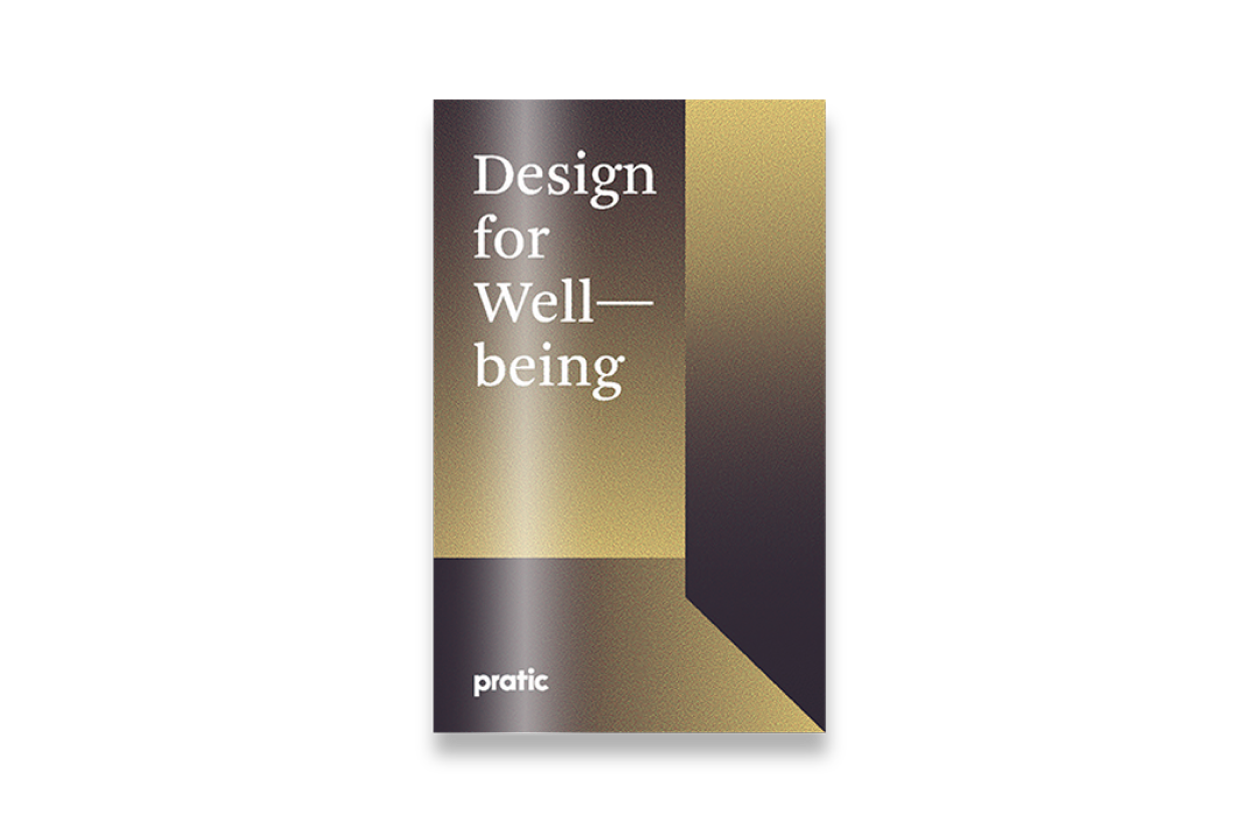
2019
Lively Colours
“Lively Colours. Semiotics of Color” is neuro-scientific research devoted to the impact of color in everyday life and neuro-cognitive processes. Covered within it are forty of the most recent international studies on the subject, applied to issues of concern to all of society. The results are surprising as indeed is the perception of color, the result of an extremely complex process assimilated by the human brain over millennia.
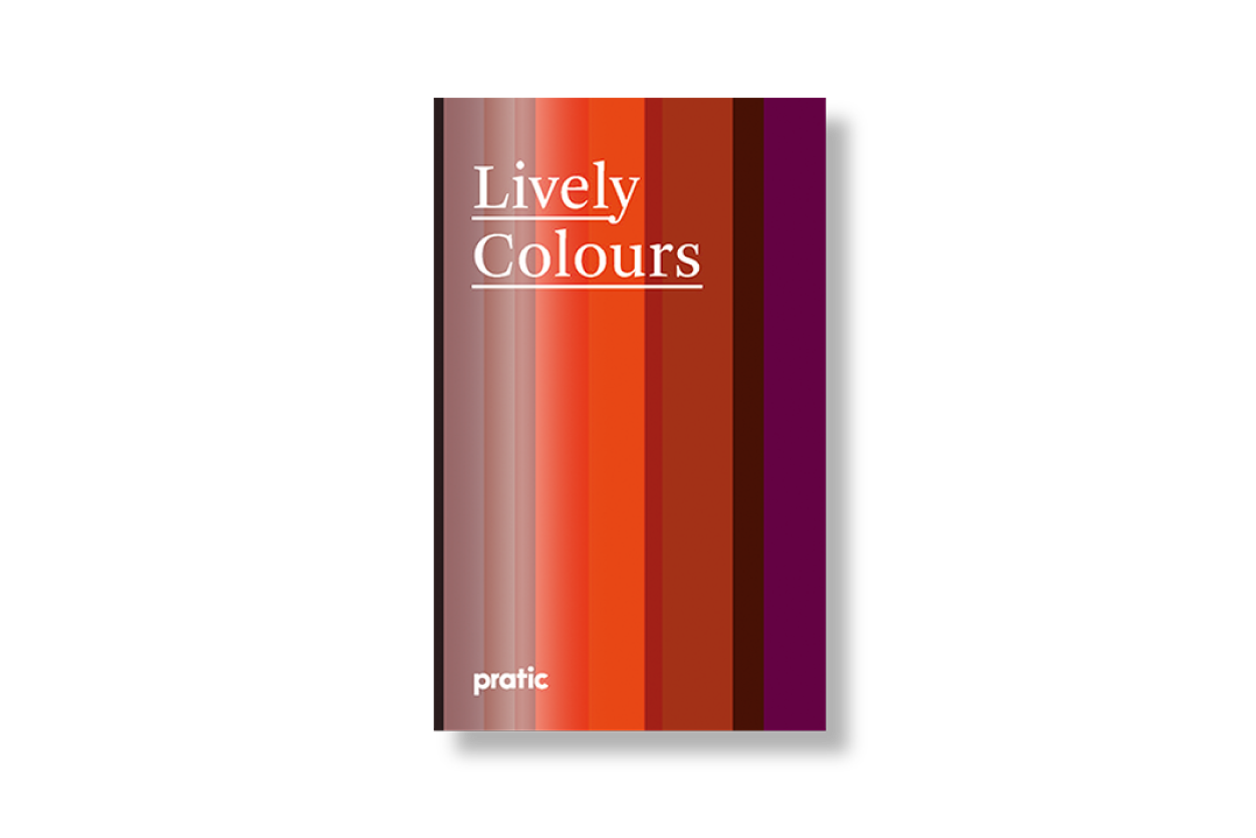
2018
Healthy Lighting
The 2018 publication “Healthy Lighting” highlights how contemporary lifestyles affect our circadian rhythm, resulting in health impacts, including sleep and vitamin D production. It is essential to rediscover the importance of natural light and darkness for well-being. The 2017 Nobel Prize in Medicine recognized the key role of light in regulating our internal biological clock and the positive effects of outdoor activity.
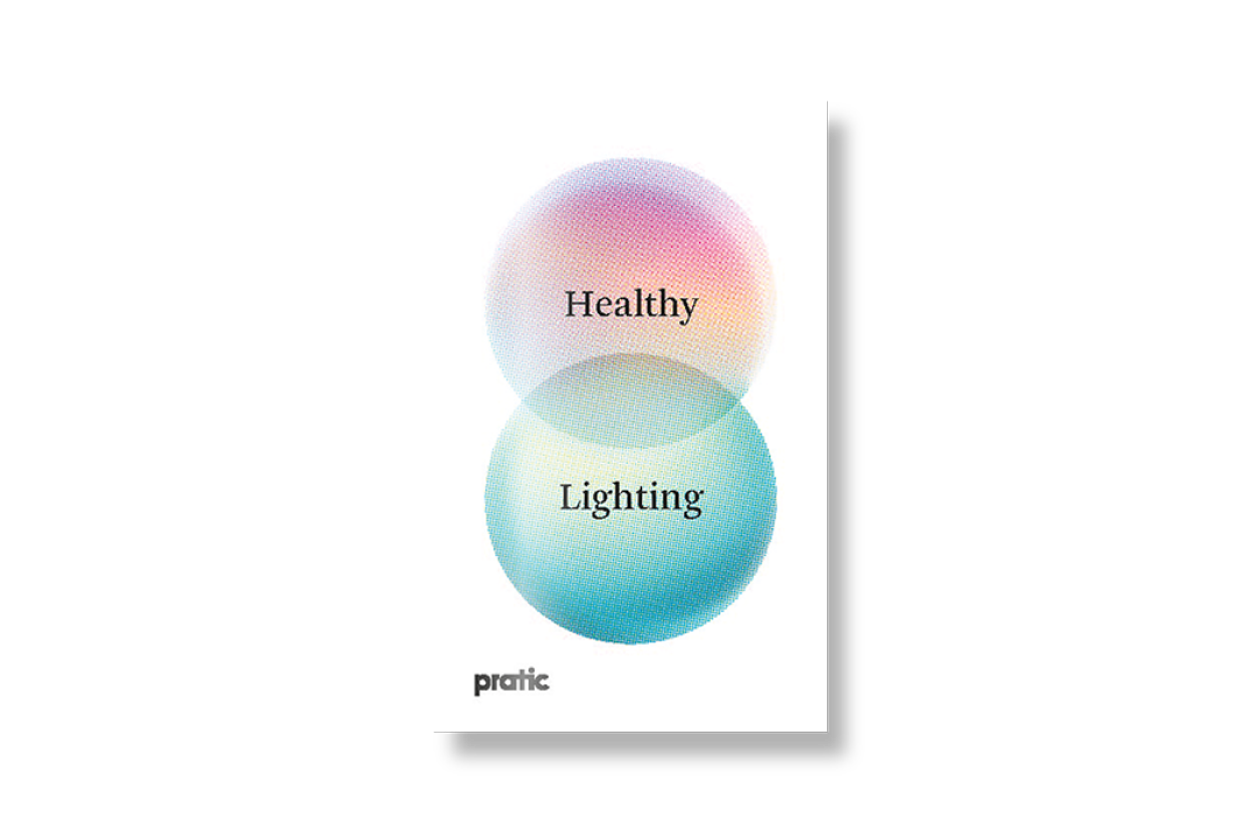

See also
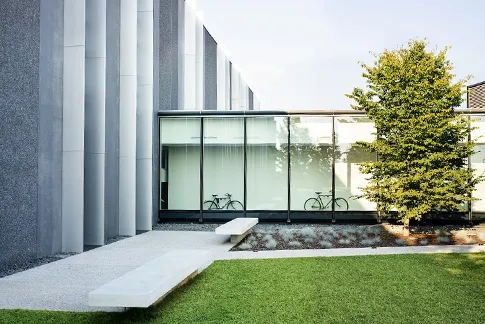
Sustainability
Pratic takes the concept of green outdoor living to a new level! At the headquarters, perfectly integrated into the landscape, the company makes awnings and pergolas availing of low-impact production processes and separable, recyclable materials. All screening is designed to ensure comfort by interacting with natural elements and reducing power consumption for ventilation, air-conditioning and lighting.
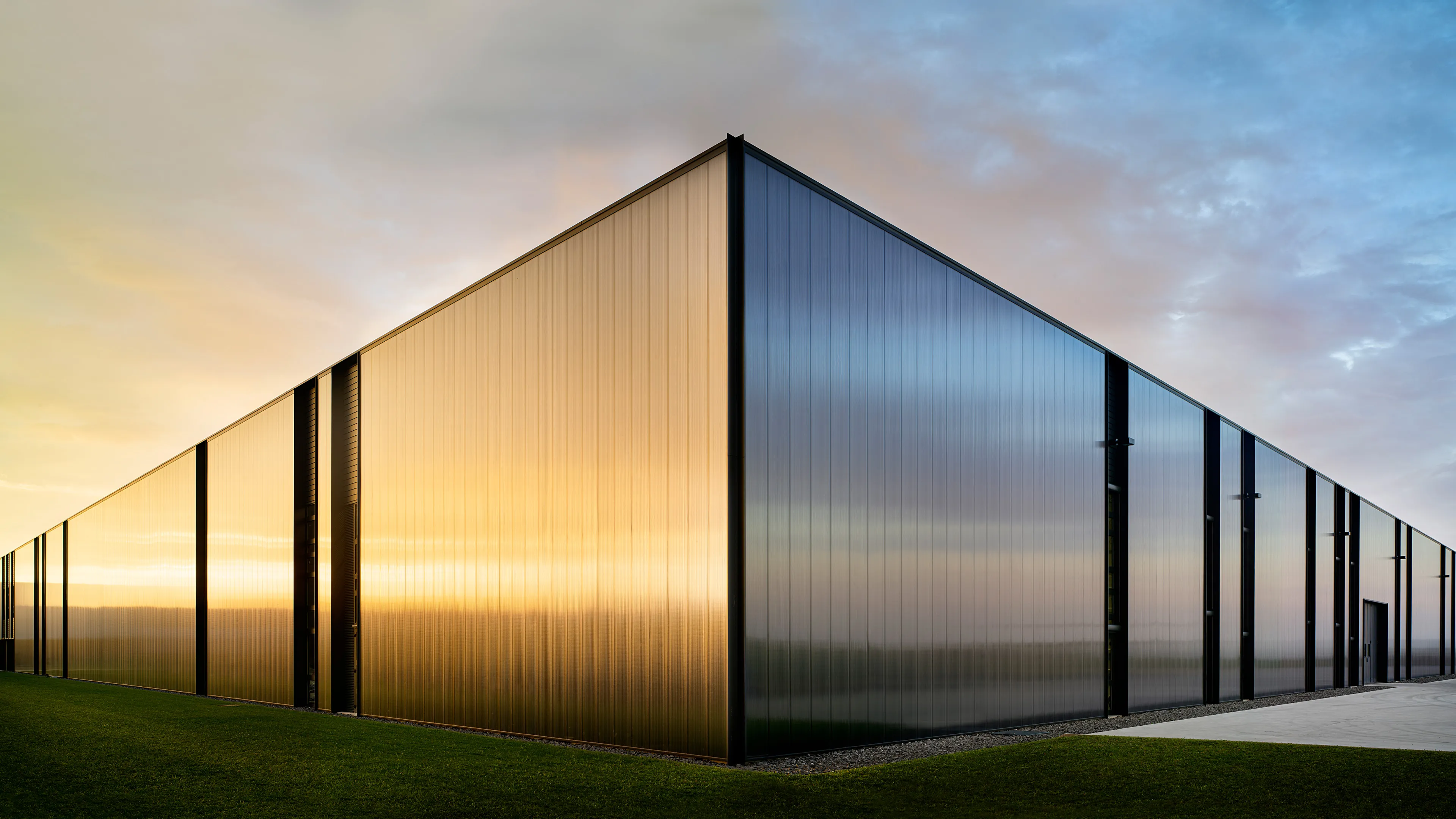
Headquarters
Pratic’s open-air ideas and projects are developed within a headquarters designed to celebrate the surrounding landscape. A place of beauty and technology, design and sustainability. A virtuous example of industrial architecture, a winner of international awards that narrates the company’s growth through innovation and consistency.
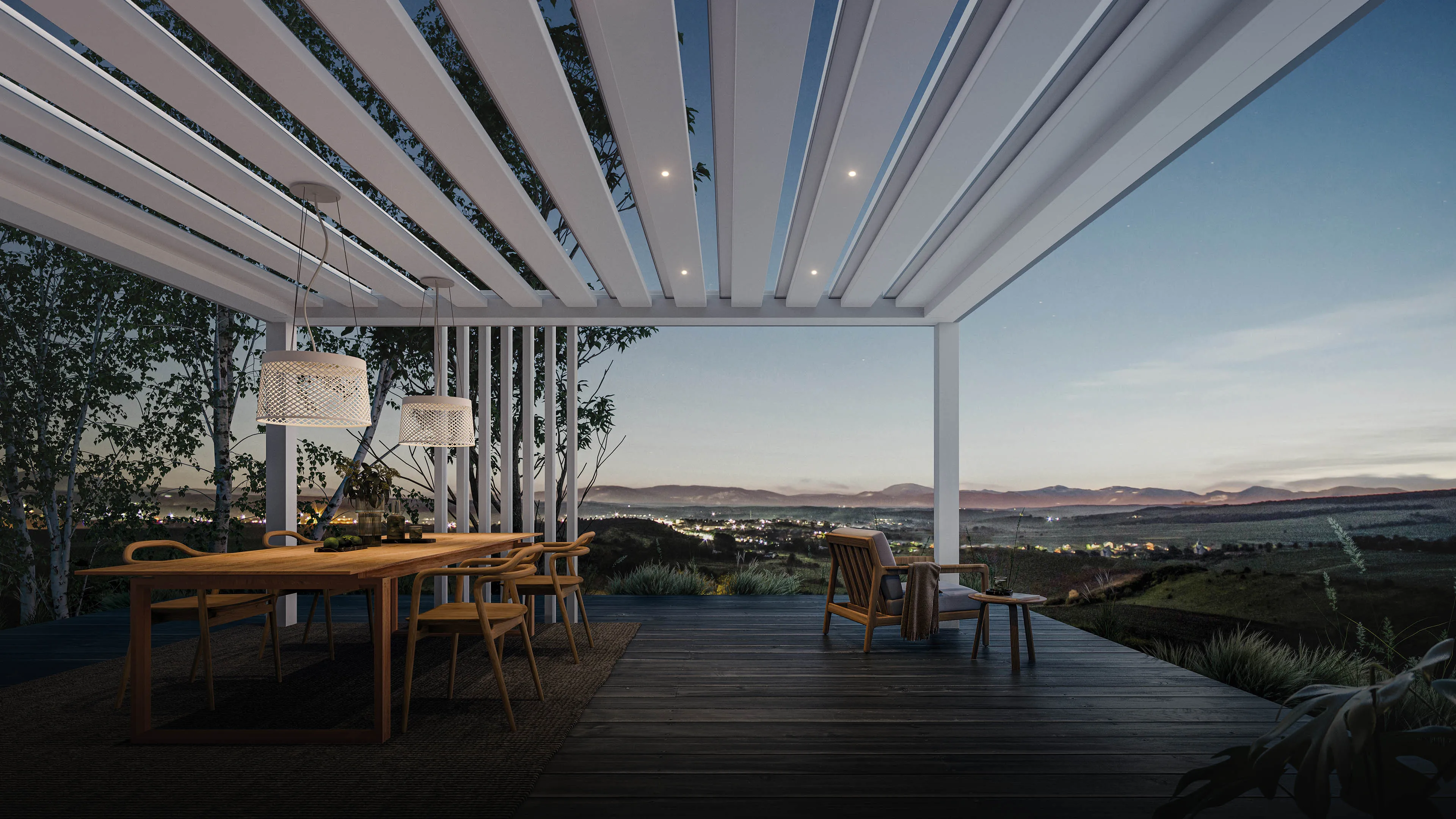
Journal
All the latest from the world of Pratic – product news, in-depth thematic analyses, events and corporate bulletins to get to know the open-air universe better and stay up-to-date.
Start designing your customised outdoor space today
For any open-air space you have, Pratic dealers are at your disposal to guide you in designing the ideal screening and devising customised and functional solutions. Fill out the form today to receive more information or to be contacted by a Pratic representative.
